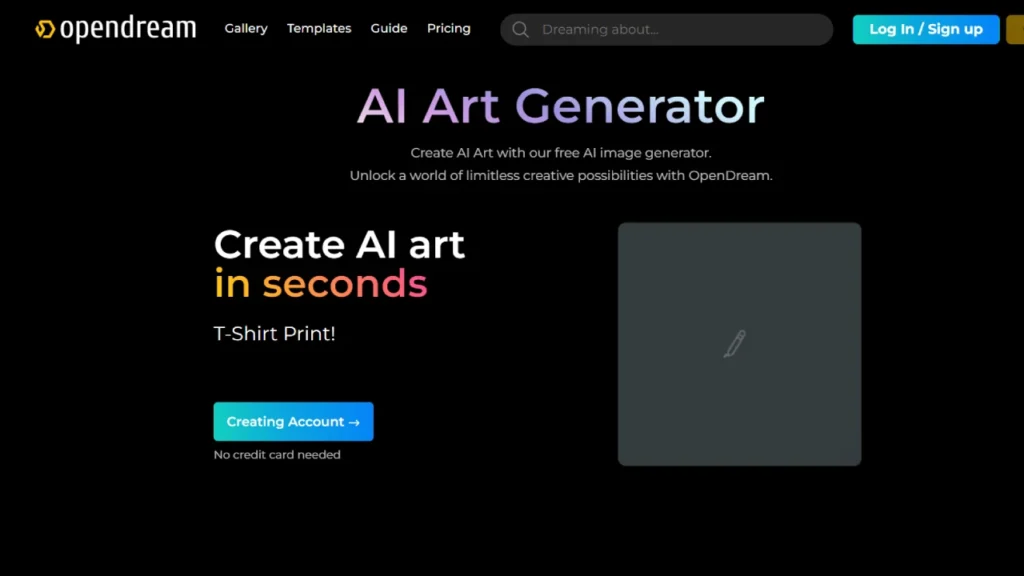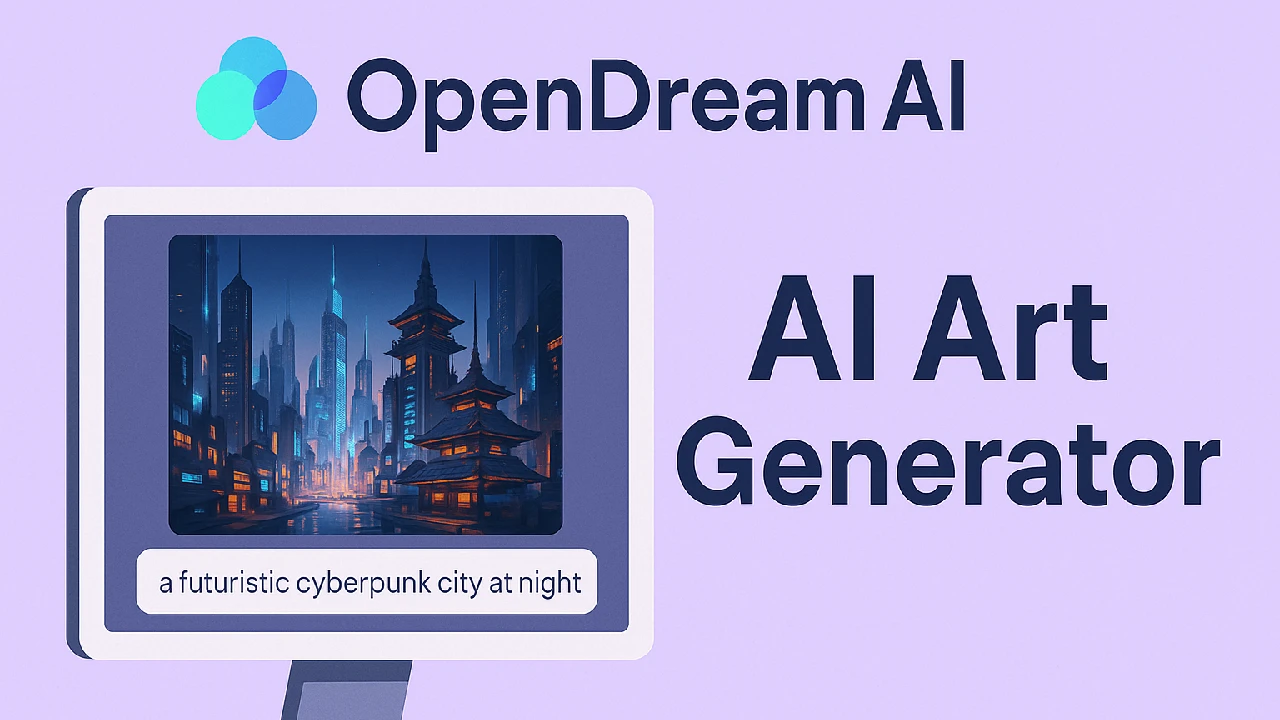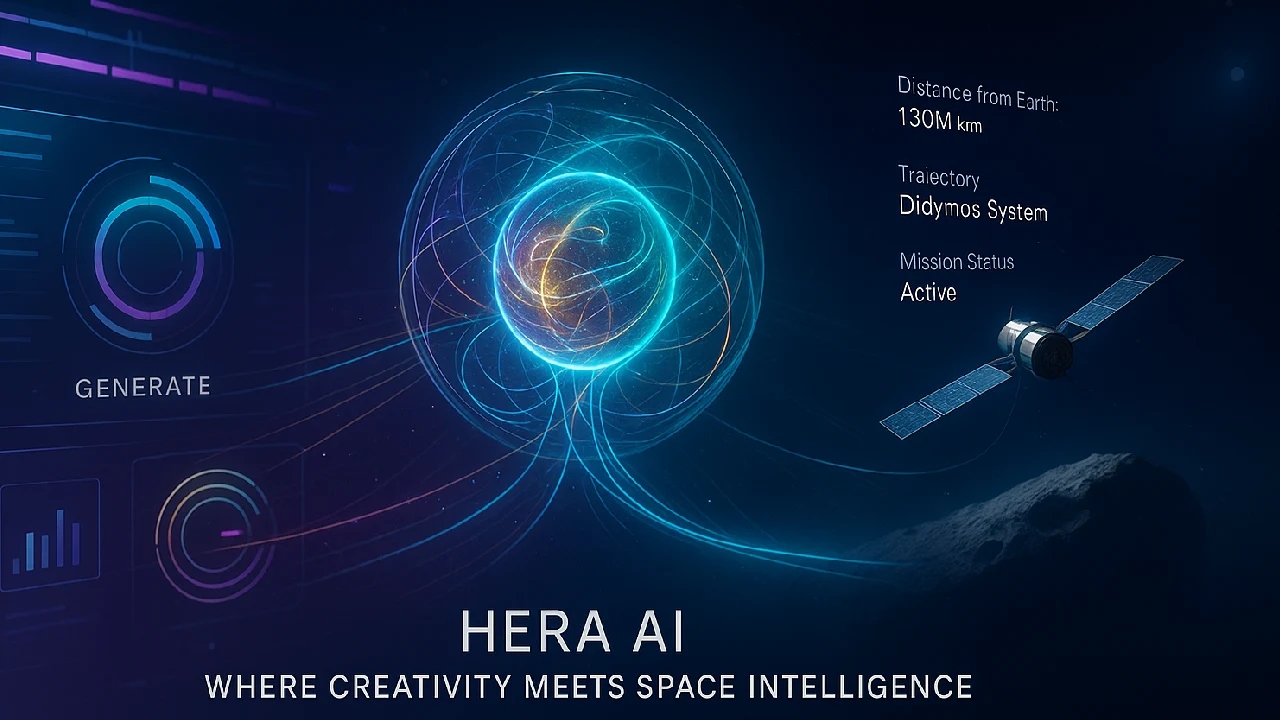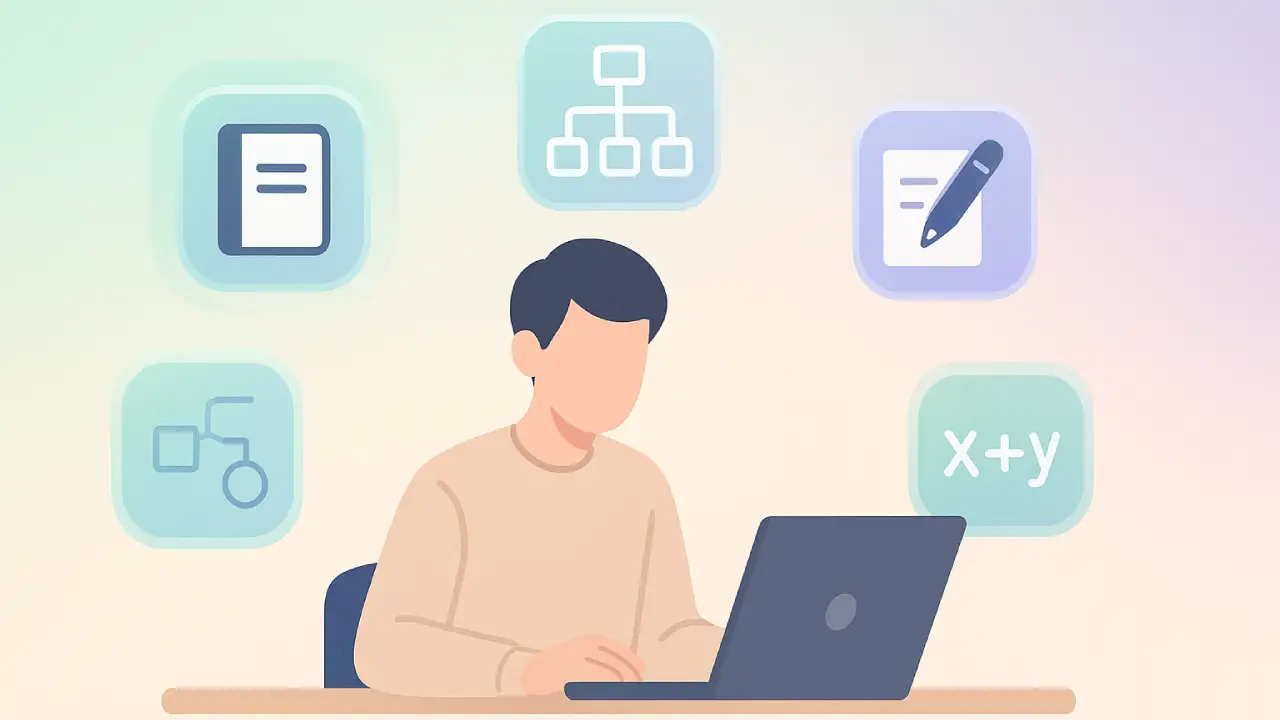OpenDream AI converts words into images in seconds, providing free credits, sophisticated AI models, and commercial rights. However, severe ethical concerns create difficult problems.

OpenDream AI is an AI art generator that lets anyone transform simple words into visually appealing digital artwork. Launched in 2023, it soon gained notice as a potential “free MidJourney killer” due to its ease of use, robust features, and low cost. However, beneath the excitement lies a more complex story, one that combines creative potential with ethical problems.
What is OpenDream AI?
OpenDream AI is a next-generation creative platform based on Stable Diffusion derivatives that aims to make graphic creativity accessible to all. Instead of learning Photoshop or sketching abilities, users can simply write prompts like “a neon cyberpunk city in 4K ultra detail” and the system will generate professional-looking graphics in seconds.
The platform’s mission is to “unlock limitless creative possibilities.” Its low entry barrier makes it ideal for:
- Beginners exploring digital art.
- Designers testing creative ideas quickly.
- Content creators needing unique visuals.
- Businesses seeking affordable design alternatives.
OpenDream AI revolutionized the AI art business, which was previously dominated by MidJourney and DALL·E, by offering free and accessible services.
Key Features of OpenDream AI
OpenDream AI stands out because of its feature set:
- Multiple AI Models (PolyAI) – From photorealism to anime, covering a wide range of artistic styles.
- Customizable Templates & Presets – Ideal for logos, characters, and ready-to-use designs.
- Instant Previews & Speed – Generate and preview results within seconds; paid plans allow parallel creation.
- Commercial Rights – All users, even free ones, keep full ownership of generated images.
- Cross-Platform Access – Runs in browsers, has desktop apps for Windows & macOS, and works on phones & tablets.
- Advanced Editing Tools:
- Img2Img: transform uploaded images.
- Inpainting: edit parts of images selectively.
- Depth2Image: add depth-aware creativity.
- Open-Source Friendly – APIs and GitHub projects available for developers.
- Privacy (Paid) – Private generation mode to keep images hidden from the public gallery.
Together, these features make OpenDream a flexible, cost-effective alternative to paid competitors.
How OpenDream AI Works
The workflow is designed for simplicity and control:
- Input Prompt – Users type a description of the desired image.
- AI Model Analysis – Algorithms process the prompt using multiple models (like Dreamlike Photoreal 2.0 or Deliberate).
- Image Generation – The AI outputs up to 8 variations per prompt for creative exploration.
- Refinement Tools – Users can tweak guidance scale, steps, style filters, or use “seeds” for repeatable results.
This approach balances beginner friendliness with advanced customization, making it suitable for hobbyists and professionals alike.
Pricing and Availability
OpenDream AI runs on a freemium model:
- Free Tier – 20 daily credits (~10 images), commercial use allowed, no payment required.
- Essential Plan ($9.90/month) – 3,000 credits, access to all models, faster generation, parallel processing.
- Pro Plan ($19.90/month) – 7,000 credits, includes NSFW prompts.
- Business Plan ($99.90/year) – Unlimited credits, API access, priority support, integrations.
This structure appeals to both casual hobbyists (who can stay free) and professionals needing scale and flexibility.
Final Take
OpenDream AI exemplifies both the possibilities and dangers of AI art tools. Its low price, free tier, and feature set make it a viable option to MidJourney for regular creators. However, its history of ineffective moderation and abuse demonstrates why ethical responsibility must advance alongside AI invention.
If OpenDream is successful in regaining confidence through greater protections, it may once again be viewed as a dependable, democratized art generator for the masses.







